
by Marelise da Silva | Feb 27, 2019 | Website Design, Website Development
The websites that were popular years ago are no longer popular today. Here are some ideas to make sure your new website design is trendy:
Over the past few years, people have increasingly been opting for minimalistic design. Not only does this help with mobile optimisation (which is crucial to your SEO success), but people prefer clean, crisp website layouts. The main benefit of a minimalistic design is the time it will take to load the page on a mobile screen or desktop screen. You only have three seconds to make an impression on your website visitors and quick-loading websites hold high SEO value, which is why flat designs will continue to be trendy this year.
In 2015, mobile searches overtook desktop searches, which led Google to prioritise websites that have been optimised for mobile. Most designers over 30-years-old undoubtedly started their careers designing desktop sites, but the designers who will continue to be successful in the future will take a mobile-first approach to their designs. This is a fundamental shift because designers start by creating a version that will work well on a mobile screen before they start to design the desktop version.
You can still have a minimalistic website if you opt for an irregular shape. We have noticed that broken grid and/or asymmetrical layouts have become increasingly popular. The broken layout can give your site a fresh, intriguing look, while ensuring fast loading times and ease of use for website visitors.
Geometric shapes such as hexagons, circles and triangles are all the rage at the moment. Whether you are into interior design or fashion and art, you will see that geometric shapes are topping the trends lists, and the web design industry is no different. Simple geometric shapes can enable you to present depth, repeat patterns and create a unique look and feel for the site. It will also help you balance the visuals of the site.
Need help with your web design? Then contact WSI OMS today.
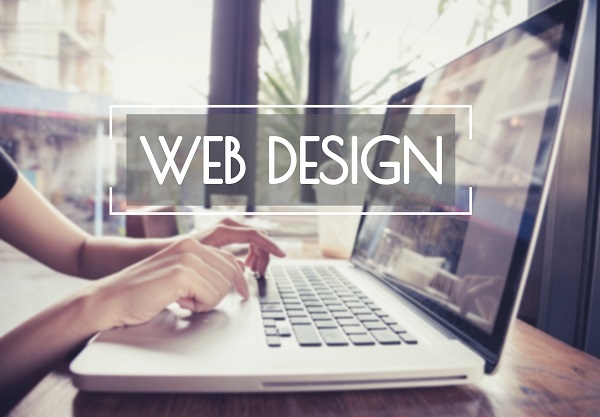
by Marianna Muscat | Feb 26, 2019 | Website Design, Website Development
Are you a website developer (or are you thinking of having a new website designed?) Then consider these interesting web development trends:
Push notifications started as a way to prompt people to take action, but they have evolved to become much more. You will notice the push notification permission box on many websites that you visit. If you have clicked on a box that has asked you whether the site can send you notifications, then you have approved push notifications. If your site has been designed in WordPress, then you can use One Signal to add push notifications to your site. Alternatively, you can also consider a dedicated push notification platform such as the PushCrew.
In 2017, 50,3% of website traffic came from mobile searches instead of computers and tablets. This means that the most successful developers will focus their efforts on responsible web designs and mobile-first web design. In December last year, Google announced that it is getting ready to launch its mobile-first indexing. Mobile-first indexing means that Google will use the mobile version of the content or indexing and ranking to better help their (primarily mobile) users find what they are looking for.
Animations are used to make websites more interactive. These animations can range from micro-interactions and scrolling effects to motion graphics and background videos. Impress your clients by incorporating these types of animations into your next designs!
Putting a light header on top of a dark video has become the norm in videos that are embedded on websites. Consider the tone and shades of your videos to choose an appropriate header when you embed the code from YouTube on your site.
Need help with your web development or design? Then contact WSI OMS today.
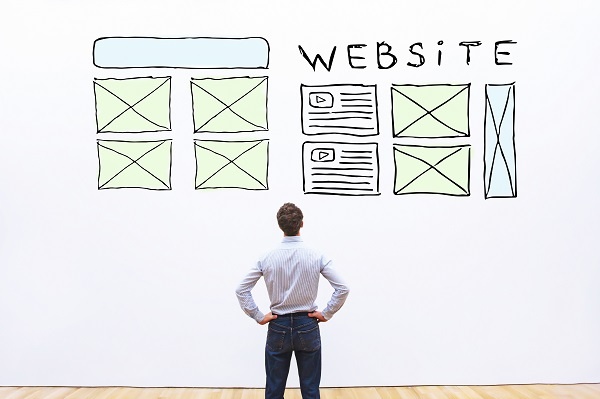
by Marelise da Silva | Aug 15, 2018 | Website Development
Iterative website split testing is one of two different website testing methodologies. There’s the iterative side and the innovation side. With iterative website testing, you will test one element at a time, implement the change from the champion variation, and then use that test information to develop a new hypothesis on that particular page based on the data you just gathered.
So you will have one change that you run, test it out, and if it works you will implement it and try to come up with a new idea so that you can get a compound gain on your changes. You may be wondering: what if the change loses and doesn’t offer a good outcome that you would want to implement to your site? The iterative website testing process still applies in this scenario. In this case, you would be re-evaluating your initial hypothesis to see where you fell short and then use that data to come up with a new hypothesis.
Iterative changes are inherently focused on smaller changes such as:
- Headlines,
- Calls to action,
- Button colours, and
- Images
This isn’t used for site redesigns or navigation changes on the website.
If you have been involved in website changes in the past, then you will know that smaller changes generally head smaller results. Small improvements, however, can lead to a big change in your website’s engagement rate and sales over the long run.
Need help with your website design or website development? Then contact WSI OMS today.
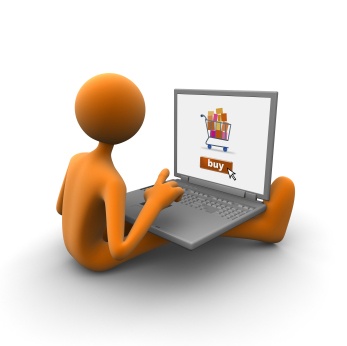
by Marelise da Silva | Jun 7, 2018 | Ecommerce, Website Design, Website Development
Online marketing for ecommerce websites can be very complicated because there are so many different things that you can do. Here are a few tips that we recommend ecommerce sites focus on first:
- Use a good shopping cart
Shopify, Woo commerce and Big Commerce are shopping carts that work very well. Not only do they seamlessly slot into website designs, but they are also great for SEO and paid search. These carts have everything you need to scale your business and you will also have the support team you need to back you up.
- SEO your product pages
You need to spend time optimising your product pages for both SEO and design. Make sure that your products have descriptive titles (don’t list a product by a name that only you would recognise – opt for something that people would be searching for online). Do some keyword research to figure out what people are searching for and write a good product description as well.
- Professional product shots
Product photography is very important. Hire a professional to take clear, smooth and high-quality images of all your products. If you can do a product video, this can also be massively valuable.
- Trust badges
Include trust badges on your pages. If you offer fast shipping or free shipping, for example, this should be displayed in a way that grabs attention.
- Product reviews
People want to know that other consumers have bought your product and that they are happy with it. Ask for reviews and include them underneath the product descriptions.
Need help with your website design or digital marketing strategy? Then http://www.wsioms.co.za/contact-us contact WSI OMS today.
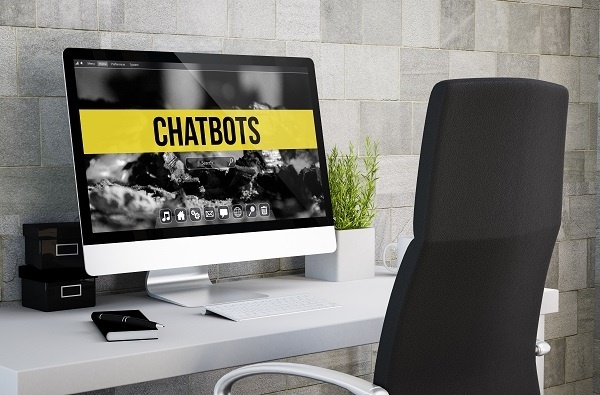
by Francois Muscat | Jun 6, 2018 | CRM, General, Website Design, Website Development
If you’re not incorporating a chatbot into your website design, then you are already behind. The age of robots is now and the more people interact with them, the more they will realise the value of humanless interaction.
What exactly is a ‘bot’?
A bot is a computer program that automatically automates certain tasks, typically by chatting with a human through an interface. Bots plug into messaging and networking apps, and can play into larger strategies of tracking trends and consumer behaviour.
People shop and buy in a world of immediacy. Messaging is how they communicate. Having an app simply doesn’t cut it anymore because half of smartphone users download a whopping 0 apps per month.
Chatbots don’t require app downloads and people don’t have to pick up their phone to talk to an ill-informed service rep. By chatting in a familiar conversational interface, bots know they need to solve a problem and do nothing more or nothing less.
When chatbots are linked with a CRM, they get even smarter by leveraging past conversations to personalise their responses to a person’s unique situation and preferences. At a time where app usage and email efficacy are decreasing, chatbots offer businesses the opportunity to have one-to-one conversations at scale and customers a better way to interact with brands.
Do you need help with your website design or development? Then http://www.wsioms.co.za/contact-us contact WSI OMS today.
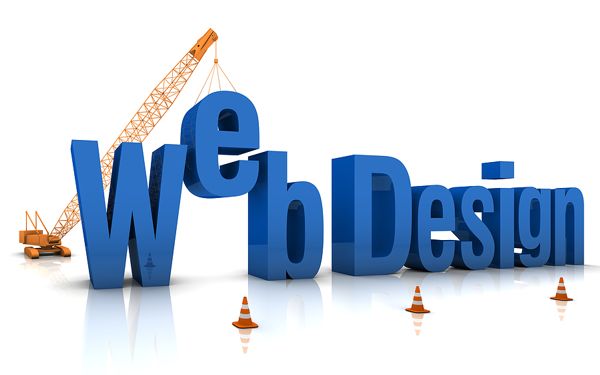
by Marelise da Silva | Oct 12, 2017 | Website Development
Whether you’re printing t-shirts, designing a logo or building an e-commerce website, the colours you choose play a role. Iconicfox.com recently released a colour in branding infographic that shows how some of the most popular brands, including Levi’s, Canon, Amazon and McDonald’s are using colours.
Here’s an overview of the psychological effect that some of the colours will have (make sure you keep this in mind when planning your web design):
Red
- Positive feelings that are triggered: power, passion, energy, fearlessness, excitement
- Negative feelings that are triggered: anger, danger, warning, defiance, aggression, pain
- Red creates a sense of urgency, which is why it’s effective in sales copy and design
- It encourages appetite, which is why it is frequently used in the fast-food sector
Orange
- Positive feelings that are triggered: courage, confidence, warmth, innovation, friendliness, energy
- Negative feelings that are triggered: deprivation, frustration, ignorance, immaturity, sluggishness
- Orange is considered bright, light and fun, so it may suit a non-corporate brand
- We associate darker shades with autumn, which lends itself to “earthy” brands
Blue
- Positive feelings that are triggered: trust, loyalty, dependability, logic, serenity, security
- Negative feelings that are triggered: coldness, emotionless, unfriendliness, unappetising
- Blue has a very calming effect on the mind and it is the colour of reason
- Blue is the colour of strength, wisdom and trust, which is why it’s used so widely
Purple
- Positive feelings that are triggered: wisdom, wealth, spirituality, imaginative, sophistication
- Negative feelings that are triggered: reflection, decadence, suppression, excess, moodiness
- History shows that purple has long been the colour of superiority such as royalty
- Purple lends itself to brands that want to position their offering as prestigious
Check out what Iconicfox.com has to say about other colours.
Need help with your web design and development? Then contact WSI OMS today.







